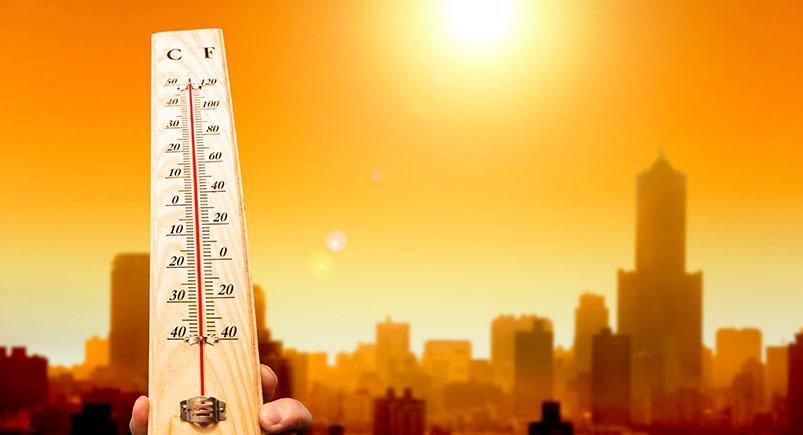
Climate change is one of the most pressing topics among countries, scientists, politicians, environmentalists, and lobbyists in the world today. With predictions of increased environmental and health-related damage, according to the Intergovernmental Panel on Climate Change (IPCC), more aggressive policies to reduce greenhouse gases, for example, are being proposed globally to lessen the impact of climate change.
And while arguably no one wants to see climate change continue at its current pace, there are some industries who will profit from the effects, including air conditioning and construction, more specifically flood-related and defense systems.
Cooling Off in a Hot Planet
According to the IPCC, rising incomes and warming climates equal a significant surge in cooling-related energy use. With global temperatures projected to rise between 3 and 8 degrees Fahrenheit by the end of the 21st century, the climate of the northern latitudes is going to heat up — feeling more and more like the south.
With global temperatures expected to rise until mid-century, projected climate change will impact human health mainly by exacerbating health problems that already exist, such as death or illness due to more intense heat waves and fires.
Cooler regions, where air conditioning was once not vital, are expected to experience unusual heat and humidity spikes that will soon make air conditioning a necessity, experts predict. Additionally, extreme heat limits the amount of work people can do in places without air conditioning, and once productivity is affected, air conditioning companies are going to see more business come their way. Moderate climates like northern California, where air conditioning was not essential, are already seeing a shift in temperatures forcing businesses to blast the cold air.
Flood of Business
As global warming affects weather systems, creating massive storms such as Hurricanes Katrina and Sandy, both local and federal governments have undertaken costly plans to strengthen their flood and storm surge defense systems. According to a report, the U.S. Army Corps of Engineers completed construction of a new 10,000-foot-long, $1.1 billion surge barrier to protect New Orleans from future hurricanes. New York City Mayor Michael Bloomberg announced a $20 billion plan in June to build new levees and sea walls in some coastal zones of the city, and to study the construction of additional structures. And this is just the beginning. Private developments near beaches and other storm-vulnerable areas are contending with insurance companies and clients to ensure their properties are safe from storms and flooding. All of this translates into big bucks for construction. Products like “invisible” flood wall installation — a steel wall that can quickly be put up at the first warning of a flood and removed easily, has a starting cost of $100 per square foot.
Environmental Business International (EBI), a San Diego market research firm that focuses on climate-related business trends, released a new report on a sector that it calls the “climate change adaptation industry,” comprising the planning and building of projects. The report states the industry is just getting started and is now valued at $700 million in the U.S., but that it will reach a billion dollars in billings by 2015, and double to $2 billion by 2020.













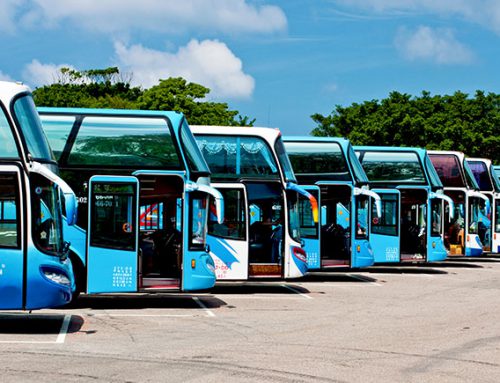

 Encore & Geotab Drive
Encore & Geotab Drive



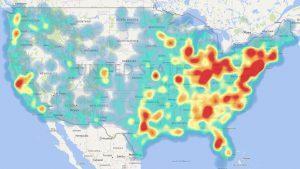


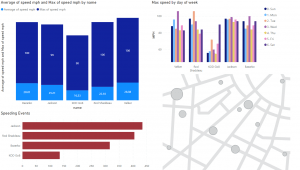

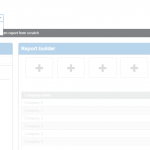

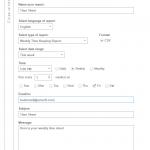










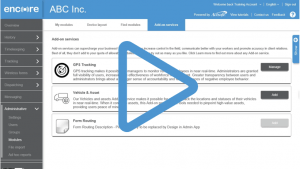

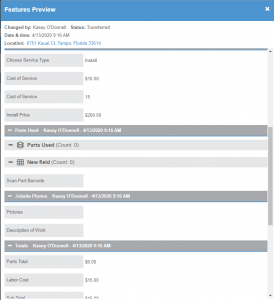
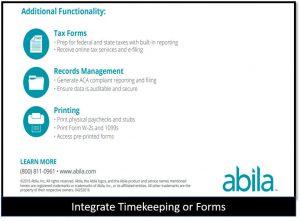
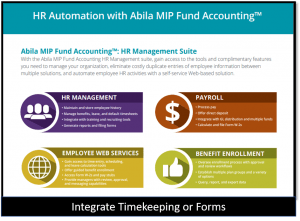

 Gain even greater insight into the daily activities of your fleet using the combination of Geotab and Actsoft. Geotab devices provide detailed data collection and seamless integration with our solutions; learn more about the ways your vehicles are being used daily with the power of this tandem.
Gain even greater insight into the daily activities of your fleet using the combination of Geotab and Actsoft. Geotab devices provide detailed data collection and seamless integration with our solutions; learn more about the ways your vehicles are being used daily with the power of this tandem.



 Actsoft partnered with Odin to provide our solutions overseas, through payment processing integrations. Odin helps us support user management for our software; customers can also purchase our products through Odin’s billing platform.
Actsoft partnered with Odin to provide our solutions overseas, through payment processing integrations. Odin helps us support user management for our software; customers can also purchase our products through Odin’s billing platform.

 VisTracks powers our Electronic Logging Device (ELD) solution, which enables transportation businesses to easily automate their hours of service logs, remain in governmental compliance, and reduce their potential to incur costly fines.
VisTracks powers our Electronic Logging Device (ELD) solution, which enables transportation businesses to easily automate their hours of service logs, remain in governmental compliance, and reduce their potential to incur costly fines. Integration between Actsoft solutions and BeWhere’s software products is available. Take your team’s asset tracking, cellular data connectivity, and field insight a step further with effective, cross-application compatibility.
Integration between Actsoft solutions and BeWhere’s software products is available. Take your team’s asset tracking, cellular data connectivity, and field insight a step further with effective, cross-application compatibility.
 CalAmp tracking devices for vehicles and assets alike are compatible with Actsoft solutions, making it easy for you to efficiently monitor your equipment and fleet cars. Help your team enhance accountability, safety, and savings through a combination of easily installed hardware and intuitive software.
CalAmp tracking devices for vehicles and assets alike are compatible with Actsoft solutions, making it easy for you to efficiently monitor your equipment and fleet cars. Help your team enhance accountability, safety, and savings through a combination of easily installed hardware and intuitive software.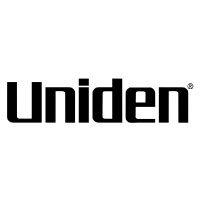 Our partnership with Uniden is ideal for companies looking to gain advanced diagnostics on their fleets. Uniden’s extensive product listing of car electronics like radios, dash cams, radar detectors, and in-vehicle communicators work in concert with Actsoft’s solutions to better connect your vehicles to the company headquarters.
Our partnership with Uniden is ideal for companies looking to gain advanced diagnostics on their fleets. Uniden’s extensive product listing of car electronics like radios, dash cams, radar detectors, and in-vehicle communicators work in concert with Actsoft’s solutions to better connect your vehicles to the company headquarters.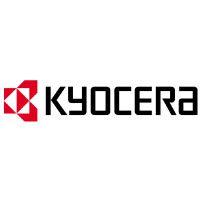 Kyocera offers a wide range of mobile devices, ranging in design from traditional phones to ultra-durable handset technology. Actsoft is able to equip organizations in a variety of different industries with solutions for improved business, while Kyocera supplies the technology they can flawlessly operate on.
Kyocera offers a wide range of mobile devices, ranging in design from traditional phones to ultra-durable handset technology. Actsoft is able to equip organizations in a variety of different industries with solutions for improved business, while Kyocera supplies the technology they can flawlessly operate on.

 Our software is the perfect complement to Apple’s user-friendly technology. Equip your workforce with the devices and solutions it needs for optimized productivity during daily operations with Apple and Actsoft.
Our software is the perfect complement to Apple’s user-friendly technology. Equip your workforce with the devices and solutions it needs for optimized productivity during daily operations with Apple and Actsoft.
 Actsoft and Sanyo teamed up to merge intuitive business management software with the technology of today. This partnership allows us to provide you with all the tools your team needs for improved workflows, better coordination, and optimized productivity.
Actsoft and Sanyo teamed up to merge intuitive business management software with the technology of today. This partnership allows us to provide you with all the tools your team needs for improved workflows, better coordination, and optimized productivity. Motorola’s mobile technology works in tandem with our solutions to provide extra versatility to your business practices. Coupled with our software’s features, Motorola’s reliable devices make connecting your workforce simpler than ever to do.
Motorola’s mobile technology works in tandem with our solutions to provide extra versatility to your business practices. Coupled with our software’s features, Motorola’s reliable devices make connecting your workforce simpler than ever to do. We’re able to bundle certain solutions of ours (including our Electronic Visit Verification options) with Samsung devices to help your team achieve as much functionality as possible, while keeping rates affordable. Use these combinations for accurate recordkeeping, improved communication, and smarter data collection in the field.
We’re able to bundle certain solutions of ours (including our Electronic Visit Verification options) with Samsung devices to help your team achieve as much functionality as possible, while keeping rates affordable. Use these combinations for accurate recordkeeping, improved communication, and smarter data collection in the field.